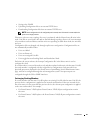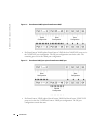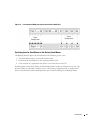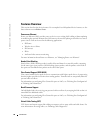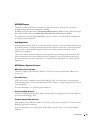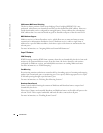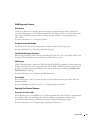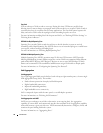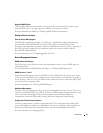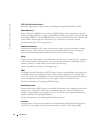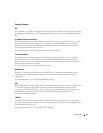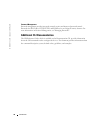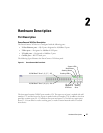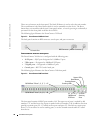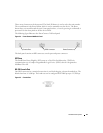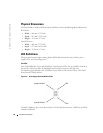
Introduction 33
BootP and DHCP Clients
DHCP enables additional setup parameters to be received from a network server upon system
startup. DHCP service is an on-going process. DHCP is an extension to BootP.
For more information on DHCP, see "Defining DHCP IP Interface Parameters."
Quality of Service Features
Class Of Service 802.1p Support
The IEEE 802.1p signaling technique is an OSI Layer 2 standard for marking and prioritizing
network traffic at the data link/MAC sub-layer. 802.1p traffic is classified and sent to the
destination. No bandwidth reservations or limits are established or enforced. 802.1p is a spin-off of
the 802.1Q (VLANs) standard. 802.1p establishes eight levels of priority, similar to the IP
Precedence IP Header bit-field.
For more information, see "Configuring Quality of Service."
Device Management Features
SNMP Alarms and Trap Logs
The system logs events with severity codes and timestamps. Events are sent as SNMP traps to a
Trap Recipient List.
For more information on SNMP Alarms and Traps, see "Defining SNMP Parameters
."
SNMP Versions 1, 2 and 3
Simple Network Management Protocol (SNMP) over the UDP/IP protocol controls access to the
system, a list of community entries is defined, each of which consists of a community string and its
access privileges. There are 3 levels of SNMP security read-only, read-write, and super. Only a super
user can access the community table.
For more information, see "Defining SNMP Parameters".
Web Based Management
With the web based management, the system can be managed from any web browser. The system
contains an Embedded Web Server (EWS), which serves HTML pages, through which the system
can be monitored and configured. The system internally converts web-based input into
configuration commands, MIB variable settings and other management-related settings.
Configuration File Download and Upload
The device configuration is stored in a configuration file. The Configuration file includes both
system wide and port specific device configuration. The system can display configuration files in
the form of a collection of CLI commands, which are stored and manipulated as text files.
For more information, see "Managing Files."



